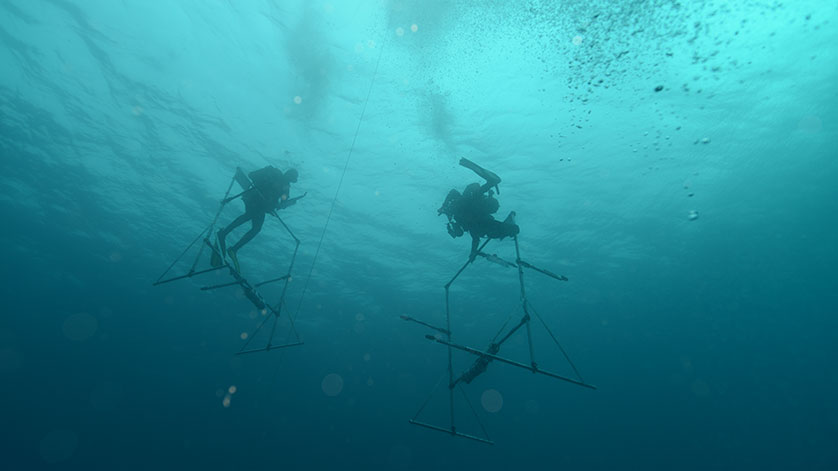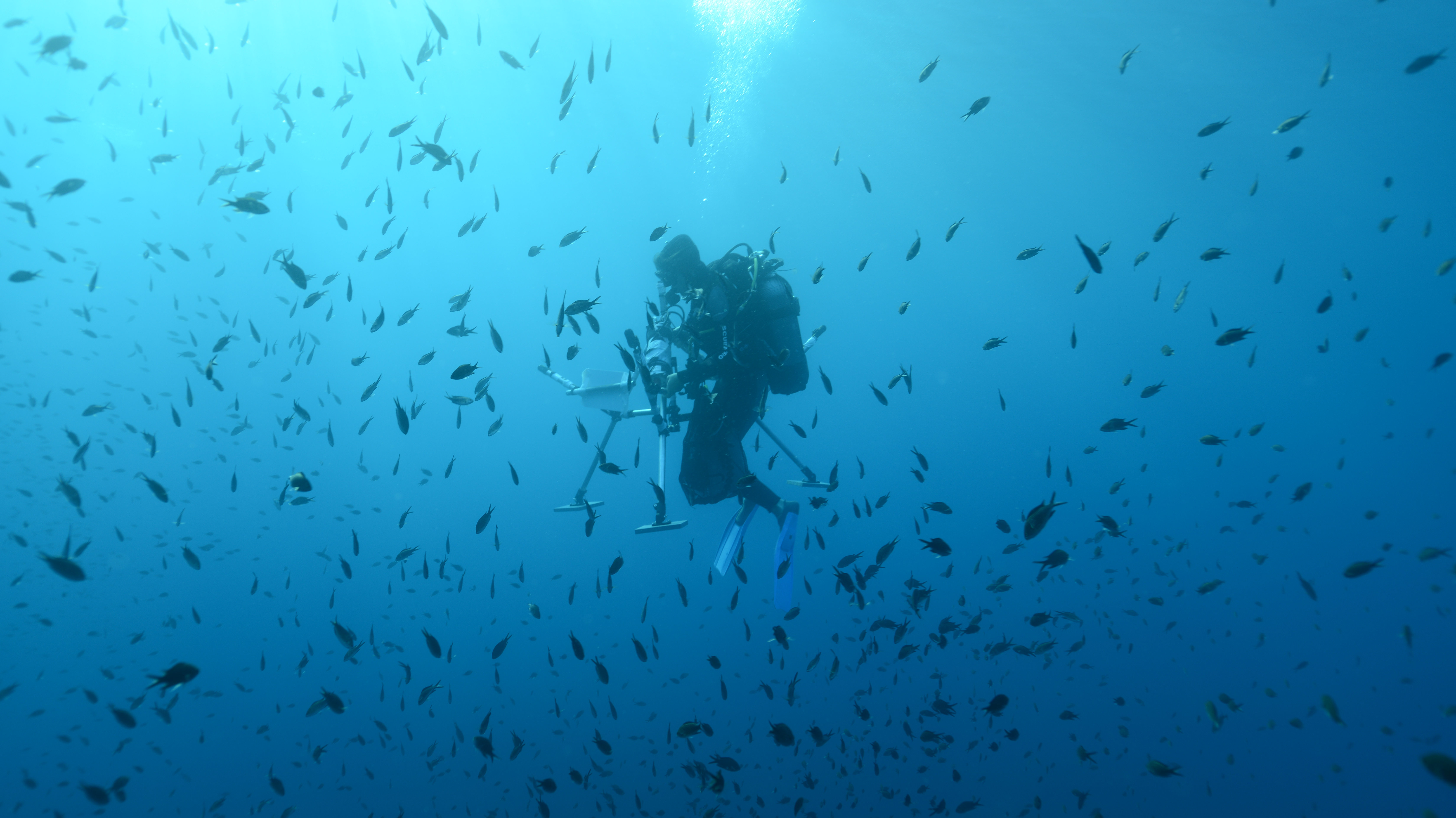Recording Mediterranean Posidonia Meadows

A round of measurements took place in the Mediterranean between June and November 2017 using instruments developed by RTsys. It is a part of CHORUS, a Chair of Excellence of the foundation Grenoble INP and supported by RTsys and the network of monitoring CALME developed by a partnership between CHORUS and the French Water Agency Rhône Méditerranée Corse.
How do you determine whether an ecosystem is being disturbed by human activity? To study these ecosystems that are difficult to access, researchers in the scope of the recent discipline named "soundscape ecology" decided to use underwater sounds as witnesses of the wellbeing of an ecosystem. They record marine mammals and fish sounds (territory defence, reproduction) and also those from the invertebrates (sea urchins grazing, the sound of shrimps' pincers closing, or bivalve coughs).

Gervaise works on the improvement of innovative methods using marine soundscapes to study the marine ecosystems and the changes affecting them.
RTsys offers smart acoustic-recording systems, equipped with hydrophones and connected to computers on-shore. Unlike visual observations made during dives (which represent one-off moments in time or a short duration), underwater sounds can be recorded by non-invasive systems night and day continuously over extended periods (month to year).
In 2017 the analysis of measurements taken in the Mediterranean since 2015 meant that it was possible to relate the sounds of fish living in Posidonia oceanica meadows to the ecological state of the meadow by comparing different meadows soundscapes to a "reference" soundscape area deemed to have been only slightly affected by human activity.
In 2017, Cedric Gervaise and his team used recorders which combined several hydrophones, in order to locate the source of recorded sounds, in this case the animals. “RTsys offers the only recorder that can have four "ears" that allows us to build an improved acoustics image of the environment", explains Cedric Gervaise.
Chorus Chair has ended in December 2017. Research is now ongoing at the Chorus Research Institute.
1 Chorus is a Grenoble INP Partnership Foundation Chair. Inaugurated 1st January 2013 and until December 2017, it is based on a research programme created by Lucia Di Lorio and Cedric Gervaise and is financed by corporate sponsors including SERCEL, RTsys, TBM Environnement, TerraseisSuez Environnement

